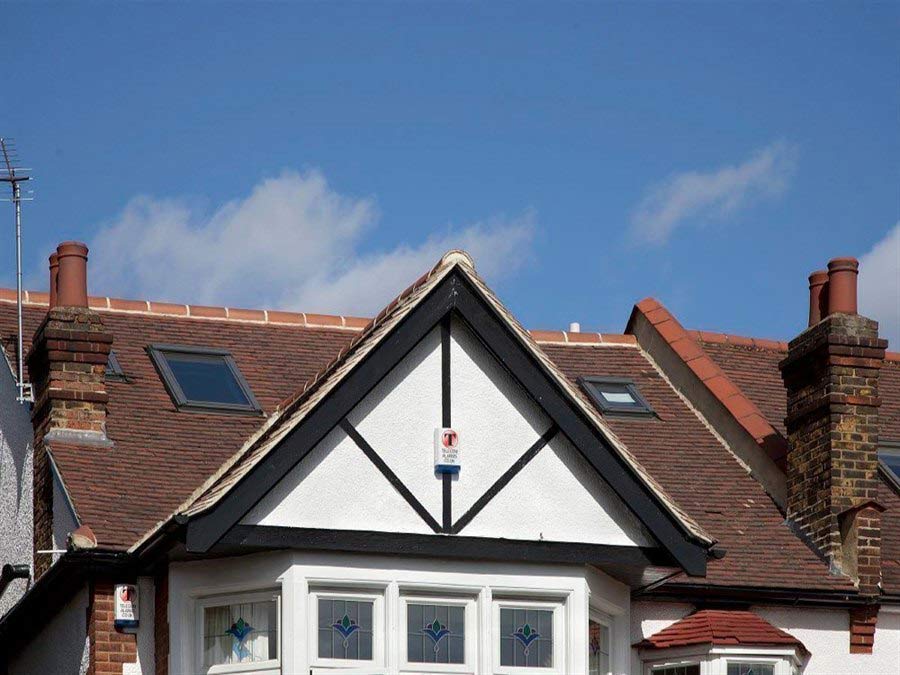For many of us, our loft is a place of storage. Christmas decorations, bags of clothes that the kids have outgrown, suitcases, and that box that you never quite got round to unpacking when you moved in all those years ago. Sound familiar? If your loft is a bit of a hazard zone, a place you fear to tread, you may be thinking about boarding it out to make it safe whenever you venture up there to retrieve something. But how to board out a loft correctly in a way it can be used properly? Read on to find out.
Why should you consider boarding out a loft?

If you want to create a space in your loft which is safe and easy to navigate, and makes it both clean and easy to store seasonal and occasional items, then boarding out a loft is the only way forward.
By having the loft floor safely covered in boards, it makes the space easier and safer to walk around. Plus you’ll have plenty of storage space, without having to precariously balance stuff on the joists of the floor below, which is never ideal.
All well and good if all you want from your attic space is storage. But if you want to make your loft a habitable space and more than just simple storage, then you’ll need to go one step further than simply boarding out a loft. You’ll need a complete loft conversion to ensure it’s safe and comfortable to use as a habitable room, such as a bedroom or home office, for example. This will require ensuring that it complies with Building Regulations.
How to board a loft?
If you do want your loft space to simply be used for storage, then boarding out a loft can be done as a DIY project.
Here’s how to board a loft, step by step:
1. Work out the area you need to cover. You may only wish to board the central area of your loft, as the angles of the eaves can make it difficult to store bulky items. You can then purchase the number of boards you require to cover the space, remembering of course to choose boards which will fit through your loft hatch!
2. Place a board between the ceiling joists to act as a temporary workspace. From here, set the boards in place. It’s best to stagger the pattern of the boards, as this will create more strength for storing items, and won’t create any weak points, as would be the case if the joins of the boards were to line up.
3. As you work, ensure you do not trap any wires that run through your loft. It’s also important to cut the boards to provide easy access to the tops of light fittings, in case you need access to them at a future point in time.
4. Once you have your boards in place, and are confident they will be strong enough to stand on and store your items, you will need to screw them down. Drill two or three pilot holes along the edge of each board, in line with the centre of the joist below. Then fix the boards in place using screws.
This can all be done as a DIY project. But if you want to create a habitable space which can be used as a bedroom, a home office, a children’s playroom, an additional bathroom or more, you will need to ask an expert loft conversion specialist to carry out the work for you.
What are the benefits of a loft conversion over boarding out a loft?

If you do want to have a habitable room rather than just storage, you will need to have your loft space properly converted. By doing so, your loft conversion specialists will install a proper staircase within your home, which will allow for easy and safe access, as well as all the other aspects which will make your new room compliant with Building Regulations.
This means the likes of sound and thermal insulation; fire safety; new windows, and various structural aspects all geared towards making your room safe for daily use will be taken care of. As such, the room will not only be safe for everyday use, but also comfortable, too.
Boarding out a loft vs. a loft conversion? Speak to Bespoke Lofts.
If you’re ready to create a habitable room in your loft which can be used for more than just storage, speak to Bespoke Lofts. When it comes to how to board a loft and whether it’s worth converting your loft properly, we can talk you through the differences and show you the benefits of creating a properly habitable room.
Get in touch today ready to start the process of creating a habitable room within your loft space.